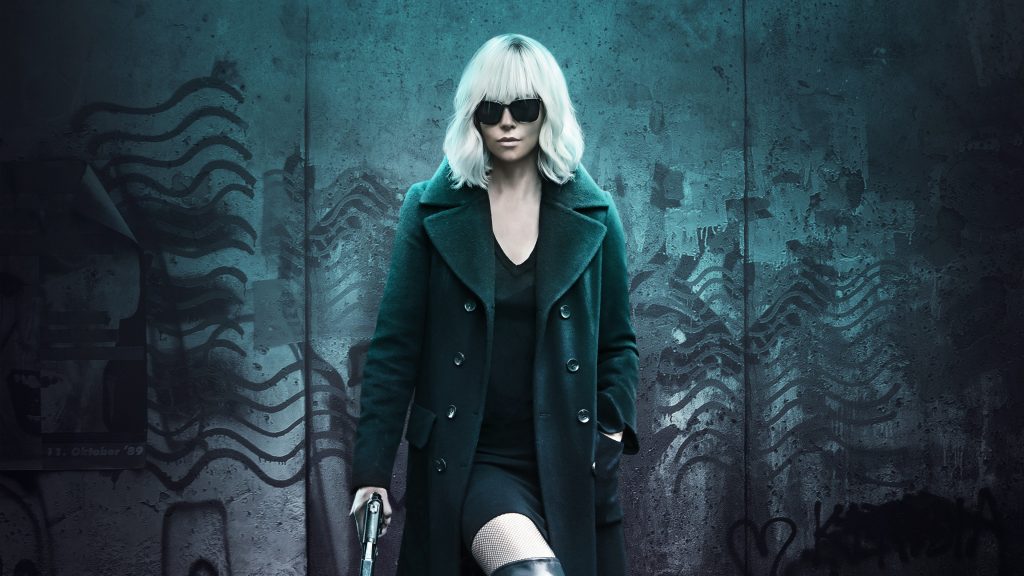
M. Night Shyamalan is typically a director of methodical, inhumane dialogue and stuttering set pieces, but his best films also center around wild premises that pay off in narratively satisfying fashion. It’s unnerving to watch his last film, The Visit, unravel in its final act, but unlike that startling return to form, Split suffers from pretentious, overbearing writing that wishes it deserved James McAvoy’s brilliant method acting.
Like Visit, Split is mostly a dark comedy, only its central figures are nowhere near as a relational or intriguing when the jokes and twists start flying. Anya Taylor-Joy (last year’s The Witch) plays Casey, a repressed teenager whose main direction is to stare wide-eyed at the camera as the audience waits for suitable harmonics or dramatic tension to build up (it rarely does).
Like many details in this film, Casey is the anti-10 Cloverfield Lane — that movie was a room horror with an ideal sense of location, characters who exhibit entertaining and thoughtful behavior, and a story that actually treats the audience as careful thinkers. Split has exactly none of this, though both films do have the same type of “Oh, so that’s what this movie is” type of ending, only at least 10 Cloverfield Lane had the decency to end on a set piece instead of a ham-fisted teaser.
Casey and a few other teenagers of little consequence are abducted by a man with Dissociative Identity Disorder (DID), a type of split personality brought on by trauma. The film treats this as some narrative flourish, but Barry/Dennis/Patricia/Hedwig and others played by James McAvoy (his second film where he plays a character with multiple personalities) are quite unsurprising and telegraphed in their actions throughout. Only three “personalities” take up much of the story, and they mostly consist of these characters repeating the same scenes over and over again, but with slightly different context.
Dennis is a neat freak, Patricia is calulcating, and Hedwig is naive. What should have taken a handful of story beats to establish is repeated ad nasuem as the audience predicts every step of this slog, consistently wishing for explanations to character decisions and what this movie even is when they should be appreciating the stylistic horror groove Split musters.

At the very least, Shyamalan employs one of his best tricks, a commitment to B-horror that matches every movement of his camera, wielded gracefully by Michael Gioulakis (the cinematographer for the far superior It Follows). He has a real sense of what he wants Split to communicate in its movement, framing, and set design. For that, Split is still basically watchable, and there is at least one well-executed scare that earns its place.
If only the writing and directing of Split would allow this film to be what it truly wants to be: a B-movie horror that expands on an interesting premise in goofy, yet creepy ways. But it’s the way the film butchers its interpretation of DID and mental health in general that falls so flat it actually becomes offensive in its absurdity, building up Casey as an intersecting example of trauma in her own right, but not in any way that reasonably connects with the film’s core messages or how it culminates in the finale. I’m sure it sounded quite compelling in Shyamalan’s own head, but his pretension is that the substance is at all meaningful or contributory to what people who actually suffer from these mental health problems go through, and the way he punctuates all of this is disastrously played for laughs.
All that said, I can easily see how some fans of Shyamalan’s work might have a bit of fun with this film, overall. It’s nowhere near as a terrible as Happening or After Earth, but it’s likely a notch below The Village and Signs. It has confidence and a full commitment from McAvoy, who acts his heart out in a performance that manages to be both unsettling and memorable, which is far more than what Split demands from him.
Grade: C
Extra Credits:
- Shyamalan has admitted that shooting Split was the hardest in his career. Which makes sense considering its also his longest film yet.
- Joaquin Phoenix nearly landed the main role, but he bowed out due to scheduling problems.
- You’ll notice from the opening credits that this is another collaboration between Shyamalan and Jason Blum. And it likely won’t be the last.
- Three words: Shyamalan Cinematic Universe. Three more words: Don’t you dare.
Thanks for reading this. Seriously. You can subscribe to my posts by clicking “Follow” in the right sidebar.
Or just say hello on Twitter: @JonNegroni
Like this:
Like Loading...



